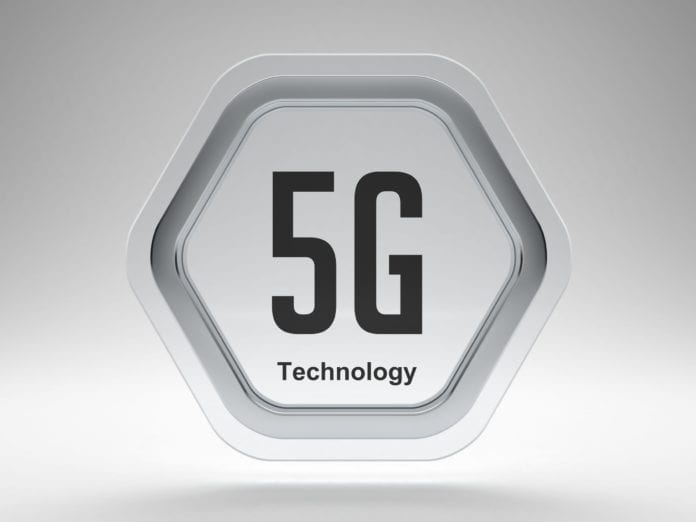5G NR standardization
The telecom industry is very excited to deliver commercial 5G services ranging from immersive virtual and augmented reality to remote industrial control that are supported by ultra high capacity and ultra low latency networks. But, before these exciting new services can be made commercially available, 5G technologies have to be standardized, which is driven by the Third Generation Partnership Project (3GPP) under the moniker 5G NR (New Radio).
3GPP works with member companies to study and create global standards for telecommunications networks. While the group’s work covers everything from codecs, security, quality of service, non-radio core access and Wi-Fi interworking, the three major technical areas of study are the radio access network, the core transport network and service capabilities.
The next specification from 3GPP will be Release 14, which includes features like LTE support for V2X, enhanced License Assisted Access, four-band carrier aggregation and inter-band carrier aggregation. At the same time, work related to Release 15, which includes technical specs for 5G NR, is ongoing.
Following Mobile World Congress 2017, 3GPP members convened a plenary in Dubrovnik, Croatia, the outcome of which has big implications for 5G. Qualcomm and industry leaders including AT&T, NTT Docomo, SK Telecom, Vodafone, Ericsson and others pushed for an accelerated timeline that contemplates a non-standalone 5G NR variant as soon as early 2019. Non standalone 5G NR will use the LTE radio and core network as an anchor for a new 5G carrier, which will set the stage for early deployments.
And, while the accelerated schedule got lots of attention, there’s another important outcome of the meeting in Croatia. 3GPP members also agreed on a study item–the first step in the standardization process–which focuses on 5G NR operating in unlicensed spectrum. The study item considers both stand-alone unlicensed deployment, as well as license-assisted access.
5G NR standalone unlicensed the ‘MulteFire path toward 5G’
In a recent webinar, Qualcomm Technologies Senior Director of Engineering Juan Montojo discussed new opportunities created by 5G NR in unlicensed spectrum, as well as the role of spectrum sharing across licensed and unlicensed bands in the emerging standard.
“The scope includes an NR-based LAA,” Montojo said. “It’s, in a way, using an LTE licensed anchor. There is also, for the first time, a standalone unlicensed component. Effectively now is in the scope NR operating standalone in unlicensed spectrum without any necessity for a licensed anchor. This is what we’re now calling the MulteFire evolution path toward 5G.”
He continued: “We talk about multiple types of spectrum.” Licensed spectrum, “This is actually the best spectrum to have. It’s very scarce. The nice thing about it is it keeps complete exclusive rights to access to the operating entity. On the opposite extreme, we have unlicensed spectrum. Wi-Fi is a little bit the jungle. There is no arbitration whatsoever governing access. What happens is the utilization of the medium is far from optimal.” Then, between the two extremes is spectrum sharing.
Spectrum sharing in 5G NR
Montojo covered vertical, horizontal and combined sharing models. In vertical sharing, lower access tiers do not interfere with priority tiers. “Respecting a priority and there’s an incumbent that has to be protected and only the leftovers would be accessible,” is how he described vertical spectrum sharing.
He said horizontal sharing is “kind of the Wi-Fi way of sharing. Everybody is the same; no priorities,” although some quality of service considerations may be applied. “There’s the notion of listen-before-talk.” Combined sharing “is basically putting the two together,” he said.
For a deep dive into these topics, download the free webinar.

